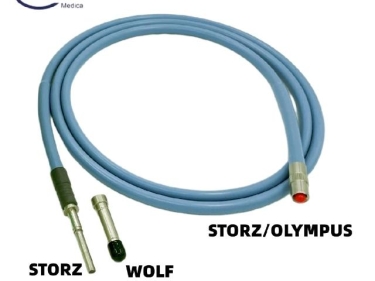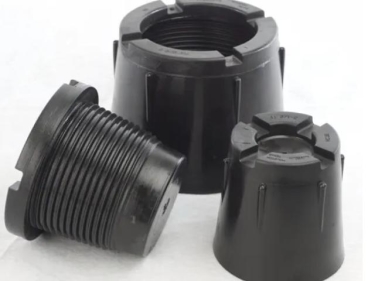The Rise of Hyper-Local Fulfillment Centers
Discover how Hyper-Local Fulfillment Centers are revolutionizing the retail industry, offering more efficient delivery services to customers and bringing economic benefits to local communities.

The rapid growth of eCommerce has drastically changed the global marketplace. Online consumers are far more demanding than those in previous eras, and both retailers - and the logistics players servicing those demands - are forced to adjust to the new eCommerce-driven landscape.
In order to service the eCommerce needs, warehouses and distribution centers cannot be designed anymore to simply meet the demand created by the brick-and-mortar retail sector, but they had to evolve into a complex technological infrastructure.
Hyper-Local Warehouses: An Opportunity for Small eCommerce Businesses
One of the new trends in warehousing is the rise of hyperlocal fulfillment centers, which allow placing products as close to the eCommerce shopper as possible. Exactly “how close” depends on the retailer and type of product, but hyperlocal centers are typically designed to process orders within one to two hours, and at most a day.
Usually, such infrastructures are supported by regional centers that are further away from the end customer and larger in size - sometimes a million square feet or more. By contrast, hyperlocal fulfillment centers tend to be much smaller in fact, often under 100,000 square feet.
Sometimes, hyperlocal fulfillment operations share space with retail stores. That setup is the result of retailers struggling to make use of vacant or under-utilized real estate, brought about by the COVID-19 pandemic and its dampening effect on in-person shopping activity over the past two years.

With Opportunities, also come Challenges
However, it may be challenging for retailers to manage two different shopping environments and model into one, single building. According to experts, that model could end up driving away in-store business.
In fact, the retail customer is experience-driven and when you try to combine experiential shopping with [an operation] that’s purely based on efficiency, it’s very hard to make that work, to co-exist in a fashion that works well for both types of customers.
A dual business model must also be staffed by two separate sets of workers, which can be difficult to sustain in the smaller facilities that are classed as “hyperlocal”. In addition, retailers need to deploy suitable technology for the fulfillment side, including various kinds of robots and other automated systems that can ensure the picking of items with maximum efficiency.
Stay In the Loop with Export Portal
In the world of trade, you must always stay updated and be in the know. For more articles like this one, make sure to check out Export Portal’s blogs and learn everything trade-related!


















Comments 1